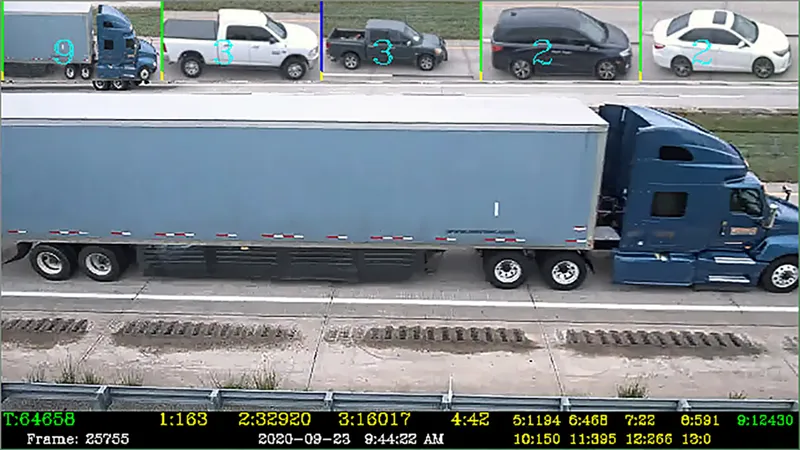Rigel is a real-time traffic analyser able to manage alarms and notifications triggered by a comprehensive list of traffic events. It is available as plugin software and integrates both image analysis features and video streaming capabilities with the most commonly used video management systems. All necessary processing is provided onboard.
The company says the Rigel software can operate with approaching and receding traffic, in day and night and it can cover multiple lanes. The traffic events that can be detected include wrong way driving of a vehicle, stopped vehicles, traffic slowdown and jams.
Additionally, the software even detects abnormal incidents not directly related to vehicles such as lost cargo on the road, smoke and low visibility as well as pedestrians in the road area. Also, the plugin can simultaneously operate vehicle counting and measure traffic density.
The Rigel software plugin changes the Tattile Vega cameras into fully real-time traffic analysis systems providing vehicle control data as well as traffic management data, the company adds.
Stand: 1C61
Tattile software plugin for traffic monitoring and incident detection
Tattile presents a plug-in software tool as an extension to its double head camera solutions of the Vega series. Rigel software kit enables traffic analysis systems to become an all-in-one solution for both reading number plates and extensive traffic monitoring. Rigel is a real-time traffic analyser able to manage alarms and notifications triggered by a comprehensive list of traffic events. It is available as plugin software and integrates both image analysis features and video streaming capabilities with
October 25, 2018
Read time: 2 mins










